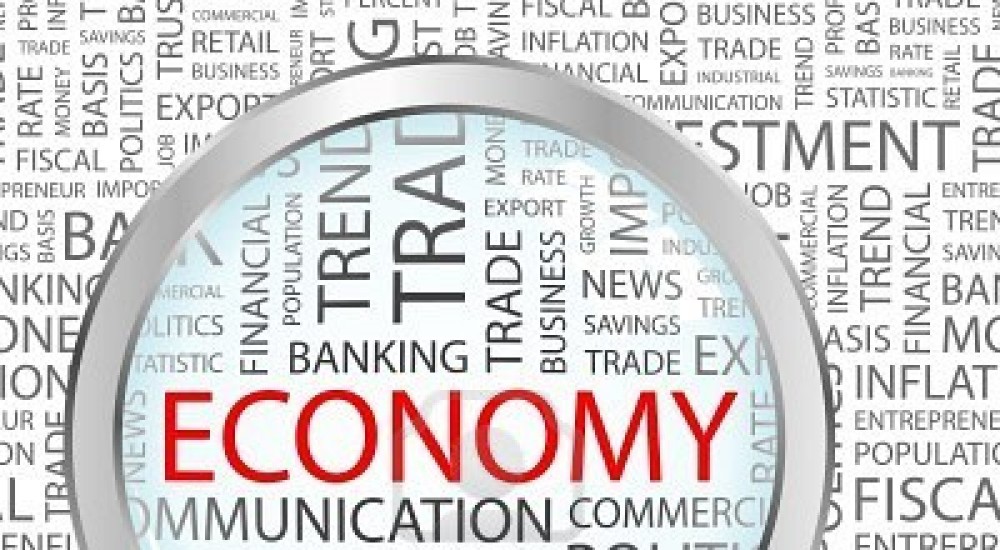Is This the Soft Landing?
We have now seen the last measure of economic growth before the end of the voting. It shows the recession presumed to be inevitable for taming inflation hasn’t materialized (CNBC).
Gross domestic product, a measure of all the goods and services produced during the three-month period from July through September, increased at a 2.8% annualized rate, according to a Commerce Department report Wednesday that is adjusted for inflation and seasonality.
This is the tenth consecutive quarter of economic growth, even as inflation has fallen below the Fed’s 2% target (the personal consumption expenditures price index fell to 1.5%).
When I tell my students about the four phases of the economy (recession, trough, growth, peak), I always mention – firmly in passing and as a theoretical concept only – the “soft landing.” In theory, a soft landing is an economic peak where, instead of a new recession, the economy simply catches its breath before beginning a new growth phase. Until now, I just assumed it would never happen. I’m looking more and more wrong (CNBC).
However, I’m not willing to simply say I am wrong – not yet anyway. Soft landings (and indeed, all economic phases) are driven by changes in aggregate demand. Demand-driven inflation is still as hard to rein in without a recession as everyone thought it was. The problem with the “soft landing” thesis is simple: the 2020s inflation wasn’t demand-driven, at least not entirely.
As I have noted time, time again, and multiple times since, we ahve also been dealing with supply-driven inflation, due in no small part to supply chains fouled up by COVID and the Ukraine War. Our recovery from COVID and Ukraine’s courageous resistance to Russia’s invasion have allowed supply-chains to stabilize. More can be done, but for now, aggregate supply problems are no longer pushing inflation above 2%.
That doesn’t mean we’re out of the woods (we never are).
As I noted above, we’re less than one week away from the end of voting in this election. Vice President Harris, for all her faults, is openly endorsing measures to make homebuilding easier (AP), which not only increases housing supply but can also allow more people to move to the job they prefer and thus smooth labor markets as well.
Meanwhile, Donald Trump, who already has a history of imposing supply-damaging tariffs, promises not only more of the same, but currency devaluation to go with it. That would mean demand-driven and supply-driven inflation.
Whether we really are at a demand “soft landing” or a supply recovery, we have managed to lower inflation and sustain economic growth. Only one major candidate has policies to advance that. The other would make things infinitely worse.


